I closed my eyes to feel the cool yet solacing breeze near the riverbank. My ears filled with the burbling sound of the river. Vying with that was the sound of cattails brushing on each other. I almost choked thanks to the foul smell of the breeze. It was more than enough to wake me up from my imagination. I looked to my side and saw him being absorbed in a drawing of a river in his storybook. I knew what was coming at me. In no time with his innocent eyes looking directly at me, he asked, ” Grandma, the rivers in this book are blue in color and beautiful but why is this river green color and ugly?” I gulped in guilt.
World Rivers Day
In 2021, World River Day falls on the 26th of September. Annually, people in more than 100 countries participate to celebrate the world’s waterways on the 4th Sunday of September. This day emphasizes the importance of rivers, strives to increase public awareness, and encourages the improved stewardship of rivers all around the world.
In 2005, the United Nations launched a campaign named ‘Water for Life Decade’ to help create a greater awareness of the need to better care for our water resources. Alongside this, the establishment of World Rivers Day happened as a response to a proposal by the international river conservationist, Mark Angelo. Since 2005 the event gained popularity and grew over the years.
“Rivers are the arteries of our planet; they are lifelines in the truest sense”
Mark Angelo
What are Rivers?
A river is a ribbon-like body of fresh water that flows from a higher elevation to a lower elevation due to gravity. The starting point from where the water begins to flow is called “headwater”. Headwater comes from precipitation runoff from the surrounding landscape or groundwater. Initially, headwater finds its way downhill as small creeks which will eventually merge to form rivers. The other end of the river is called its “mouth”. At the mouth, water carried by the river is emptied into a large body of water, such as a lake or an ocean.
What Parts Make Up Rivers? What are their Significances?
The anatomy of a river is quite interesting. Let’s check it out.
Riverbank
Riverbank is the land on either side of a river. This is an important nutrient-rich area where wildlife and birds are profusely seen. It provides habitats for ducks, voles, otters, beavers, and reeds. Its foremost uses include protection from erosion during floods and filtering of polluted runoff from cities.

Floodplains
These are low, flat areas next to rivers that periodically flood when the water level is high. The floodplain houses many animals and plants that often need floods to survive and reproduce. During floods, sediment carried up by rivers is deposited on the floodplain. Sediment consists of highly fertile topsoil that has been washed away into rivers with rainwater. Deposition of sediment converts floodplains into highly fertile agricultural zones.
River Delta
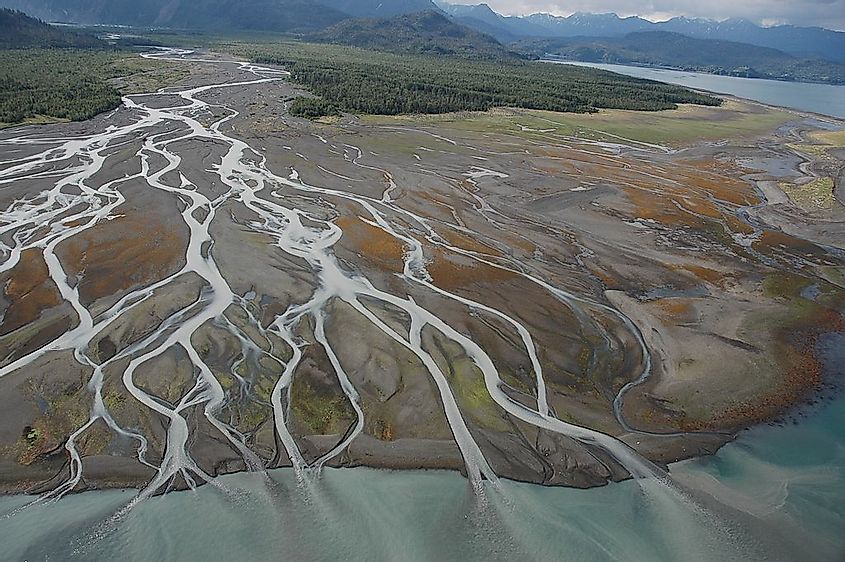
At the mouth of the river, the land flattens out. As a result, the water loses its speed and spreads into a fan shape. Because of the reduced speed, all of the sand, sediment, and nutrients carried by the river settle and form a delta. It is important to note that every river does not necessarily have a delta.
A river delta is a highly fertile agricultural zone. It is called the “cradle” of human civilization. Human civilizations began near river deltas due to the high availability of water and fertile soil for agriculture purposes. The earliest human civilizations include the Ancient Egyptians on the Nile River, the Mesopotamians on the Tigris River, the Ancient Chinese on the Yellow River, and Ancient India on the Indus River – and all of the above are associated with river deltas. The river delta also provides breeding and nesting grounds for hundreds of species of fish and birds.
River Estuary
This is a place where the freshwater of a river mixes with seawater near the river mouth. The ultimate result is brackish water. This is one of the unique ecosystems that nature has gifted us. River estuary is home to a variety of unique plant and animal species that have adapted to brackish water.
More about the importance of rivers…..
Apart from the above-mentioned significances, rivers continue to be one of the most important sources of life for animals, plants, and humans. Rivers support aquatic ecosystems which are important and vibrant ecosystems for many species. Animals use rivers for food and water. Rivers are a rich source of accessible surface water, which is 0.01% of the total water on Earth. Freshwater is essential for the survival of life. Humans fulfill their need for freshwater mainly through rivers. Humans use rivers for drinking, cleaning, irrigation in agriculture, transportation, producing electricity, and leisure activities.
Amazing Facts About Rivers
Nile River
It is the longest river in the world which is 4258 miles long. In 1970, Aswan High Dam was built to control yearly flooding in the river.
Amazon River
This is the largest river in the world by volume. Every second, it discharges around 200,000 m3 of freshwater into the ocean! It is also the second-longest river in the world. It is home to the Amazon River Dolphin, one of four “true” river dolphin species.
Colorado River
Yes, like every river this also has a source of origin. But it does not end up in an ocean or a lake. So where does it go to? The Colorado River used to flow into the Pacific Ocean through the Gulf of California. But now it no longer reaches the ocean due to overuse of water and the impacts of climatic change.
Onyx River
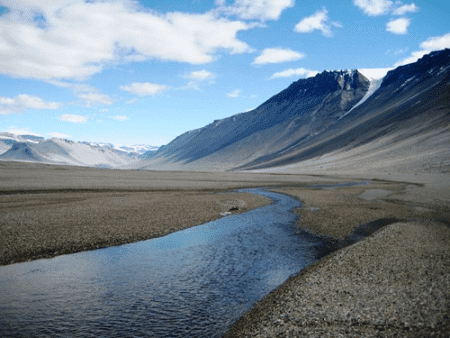
It is the longest river in Antarctica. The water is entirely from the melting of snow and ice. It goes towards the middle of Antarctica away from the ocean!
Pollution of Rivers and Its Effects
Today, the word “pollution” is entangled with every natural resource that you can think of. River pollution is the contamination of water with harmful substances and chemicals which degrade the quality of water and adversely affect the environment and living organisms. Water gets easily polluted because it can dissolve more substances than any other liquid on Earth.
Trash and waste products that are illegally dumped finally end up in rivers. This trash includes Styrofoam, metal containers, batteries, plastic packages, etc. They clog waterways and impose a risk to birds and fish as they may swallow or become entangled in them. Soil erosion and sediment spills can lead to an accumulation of sand, grit, and fine solids at the bottom of waterways, which is known as siltation. Siltation has deprived the availability of clean water and has adversely affected invertebrate life and fish egg survival.
The agriculture sector is the biggest consumer of fresh water from rivers. Unfortunately, it is also the leading water polluter. Whenever it rains, fertilizers, pesticides, herbicides, and animal waste are carried by the rain and eventually end up in rivers. This leads to eutrophication. Algae begin to grow uncontrollably because of the high levels of nitrates and phosphates in the water. Hence, the water body becomes green in color. Algal blooms limit light penetration in rivers, reducing the growth of plants and lowering the success of predators that need light to catch their prey.
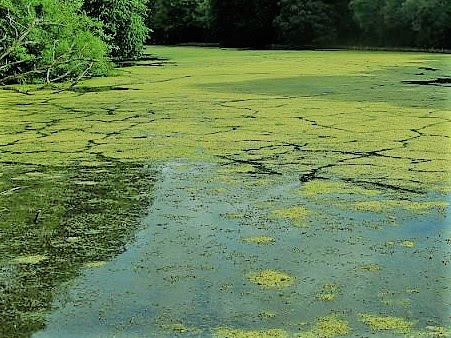
After the algae die, to decompose dead organic matter, a large amount of O2 is required. This leads to the formation of a “dead zone”, where a lack of a sufficient amount of oxygen to support organisms is observed. The absence of O2 reduces biodiversity and causes the death of animal and plant species. The microorganisms that decompose the organic matter in the absence of oxygen release toxic compounds like H2S. Eutrophication also gives off bad odors and a foul taste to the water. Wastewater is used water. It comes from domestic sources such as toilets and sinks and industrial activities. Illegal discharge of wastewater releases many harmful chemicals into the water.
About 80% of the world’s wastewater is dumped into the environment without any treatment. Precipitation runoff also transports oil and toxic chemicals from roads and industries to rivers. The chemicals include detergents, surfactants, oils, hydrocarbons, organic solvents, and heavy metals such as cadmium, mercury, lead, and arsenic. All the pollutants mentioned above are toxic to aquatic life. It reduces the organisms’ life span and ability to reproduce. These chemicals make their way up in the food chains, leading to bioaccumulation.
Over the last 10 years, the IUCN Species Survival Commission has identified threats to more than 25,000 freshwater species. We are currently losing freshwater species more rapidly than either marine or terrestrial species.

Pollutants degrade the water quality and make it unsuitable for consumption. Consuming such polluted water will lead to liver damage, cancer and the list goes on. Cholera, giardia, and typhoid are diseases caused by waterborne pathogens that enter into rivers due to fecal contamination. Globally at least 2 billion people use a water source contaminated with feces.
What Can We Do? What We Should Do?
Rivers contain only 0.49% of the total surface fresh water available on Earth. But it is the most used freshwater source. Thus, the importance of freshwater is crystal clear. We should keep in mind that the amount of freshwater is finite. By 2050, the global demand for fresh water is expected to be one-third greater than it is now. At that time, will there be clean and safe freshwater? Or will humans have to pay for bottled freshwater for every single need? What happens in the future is completely in our hands. We should take action to protect and conserve rivers for the future. This can be done by:
- Making sure that the regulations that restrict industry and agricultural activities from releasing polluted water into rivers are effectively and consistently enforced.
- Treating of wastewater at a wastewater treatment plant before releasing the water back to the environment.
- Reduce plastic usage and reuse and recycle of plastic.
- Using sustainable drainage systems to control pollution from surface run-off.
- Do not overuse pesticides and fertilizers. This will prevent run-off of harmful chemicals into rivers.
- Using phosphate-free detergents
- Properly dispose of chemicals, oils and non-biodegradable substances to prevent them from ending up down the drain.
- Building covers and barriers to control soil erosion.
- Avoid littering. Instead dispose garbage into a garbage can.
- Help clean up any litter on rivers.
- Organizing river clean up events
- Fish enhancement programs
“Thousands have lived without love, not one without water”
W. H. Auden
Everyone should be thankful for nature for all the freshwater that they utilize. It is our prime responsibility to conserve rivers and make fresh water available for future generations. Otherwise, we shall be left speechless in front of the questions of the future generation as mentioned in the beginning. But at that time we can do nothing to reverse the effects. But now starting today, if you take necessary actions we all together can prevent a big crisis from happening.
Written By:
K. Bhagya D. K. Karunathilake,
1st Year Undergraduate,
Faculty of Science,
University of Colombo.
Reference:
- Rivers, Streams, and Creeks. USGS, Retrieved September 13, 2021, from https://www.usgs.gov/special-topic/water-science-school/science/rivers-streams-and-creeks?qt-science_center_objects=0#
- What Makes a River?. America Rivers, Retrieved September 13, 2021, from https://www.americanrivers.org/rivers/discover-your-river/river-anatomy/
- River. NATIONAL GEOGRAPHIC, Retrieved September 13, 2021, from https://www.nationalgeographic.org/encyclopedia/river/
- Why are Rivers So Important?. WWF, Retrieved September 13, 2021, from https://www.wwf.org.uk/updates/why-are-rivers-so-important-and-what-are-we-doing-protect-them
- Davis, B. (2021, May 30). Why does the Colorado River no longer reach the ocean? . mvorganizing, Retrieved September 14, 2021, from https://www.mvorganizing.org/why-does-the-colorado-river-no-longer-reach-the-ocean/
- Denchak, M. (2018, May 14). Water Pollution: Everything You Need to Know. NRDC, Retrieved September 15,2021, from https://www.nrdc.org/stories/water-pollution-everything-you-need-know
- Causes of Water Pollution. NetRegs, Retrieved September 15, 2021, from https://www.netregs.org.uk/environmental-topics/water/preventing-water-pollution/causes-of-water-pollution/
- Chislock, M.F., Dostor, E., Zitomer, R.A. & Wilson, A.E. (2013). Eutrophication: Causes, Consequences, and Controls in Aquatic Ecosystems. Nature Education Knowledge 4(4):10 https://www.nature.com/scitable/knowledge/library/eutrophication-causes-consequences-and-controls-in-aquatic-102364466/
- About World Rivers Day. World Rivers Day. Retrieved September 13, 2021, from https://worldriversday.com/about/
- Nunez, C. (2010, March 16). Water pollution is a rising global crisis. Here’s what you need to know. NATIONAL GEOGRAPHIC, Retrieved September 15, 2021, from https://www.nationalgeographic.com/environment/article/freshwater-pollution?cmpid=int_org=ngp::int_mc=website::int_src=ngp::int_cmp=amp::int_add=amp_readtherest
Image Courtesy:
- Title Image: https://bit.ly/3kFJJRl
- 1st Content Image: https://bit.ly/3u8Itte
- 2nd Content Image: https://bit.ly/2Y2HWNH
- 3rd Content Image: https://bit.ly/3D0lTq3
- 4th Content Image: https://bit.ly/3o72z61
- 5th Content Image: https://bit.ly/3kDiCq2
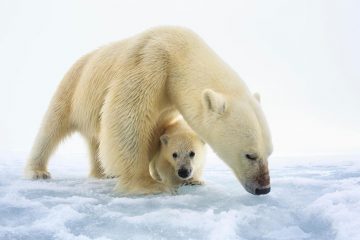

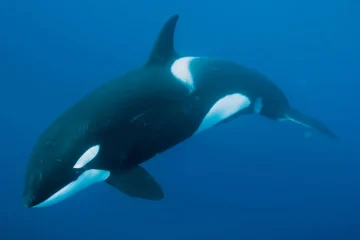
0 Comments